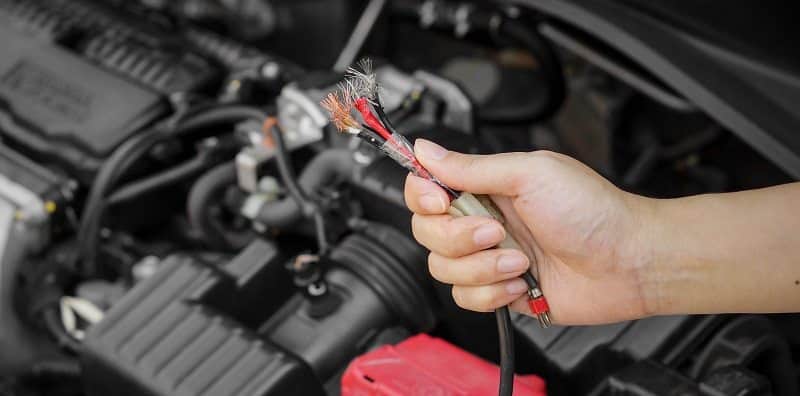Honda and several other automakers are trying to save money and be more environmentally responsible by using soy-based coatings on fuel lines, electrical wiring, and other key components of their cars. While soy is less expensive and greener than traditional petroleum-based coatings, there is a major downside: it attracts rodents, which have chewed through the fuel lines and wiring in thousands of vehicles.
Rodent Damage is Expensive to Repair
Damage caused by rodents isn’t just frustrating—it’s expensive, too. What’s more, Honda requires car owners to foot the bill for expenses, even though Honda should cover the damage under the warranty. As a result, some consumers have filed lawsuits against the car company.
Unsafe auto damage by rodents
Not only is the nuisance caused by these critters costly, it can also be very dangerous. These soy-coated wires can be chewed through, causing brakes to fail, fuel leakage, dangerous exposed electrical wires, or many other potentially hazardous conditions.
What the Law Office of Napoli Shkolnik PLLC Is Doing
Thousands of Honda vehicles have been manufactured with key components coated in soy. At Napoli Shkolnik, we believe that consumers have a strong case against Honda based on its use of defective coating materials and are interested in representing affected consumers. If you are the owner of a Honda vehicle that has been damaged by rodents—for example, mice, rats, squirrels, or rabbits—we want to meet with you. We serve clients in cities throughout the nation. Call to speak with our attorneys today to schedule your kostenlose, vertrauliche Fallberatung.
